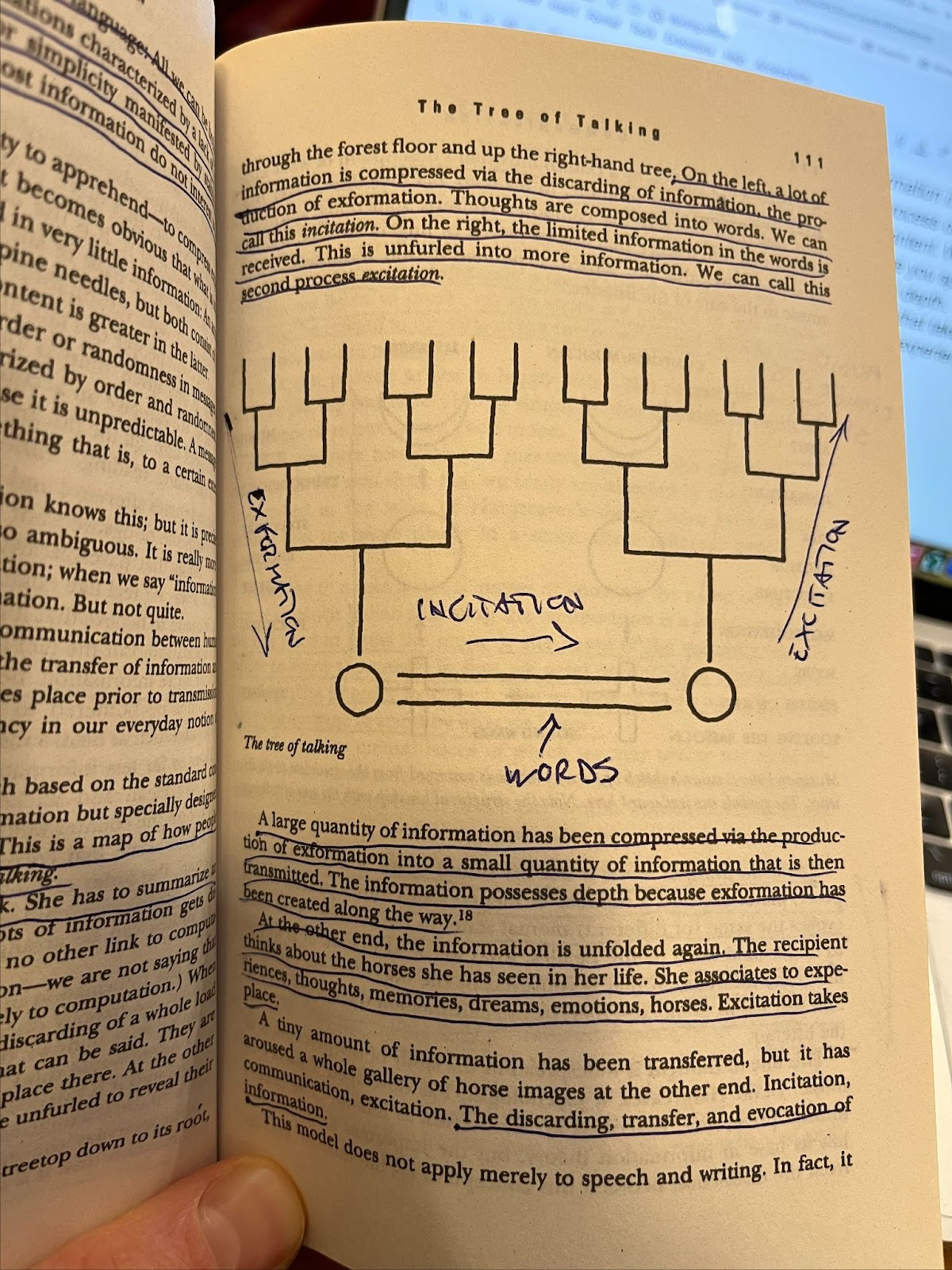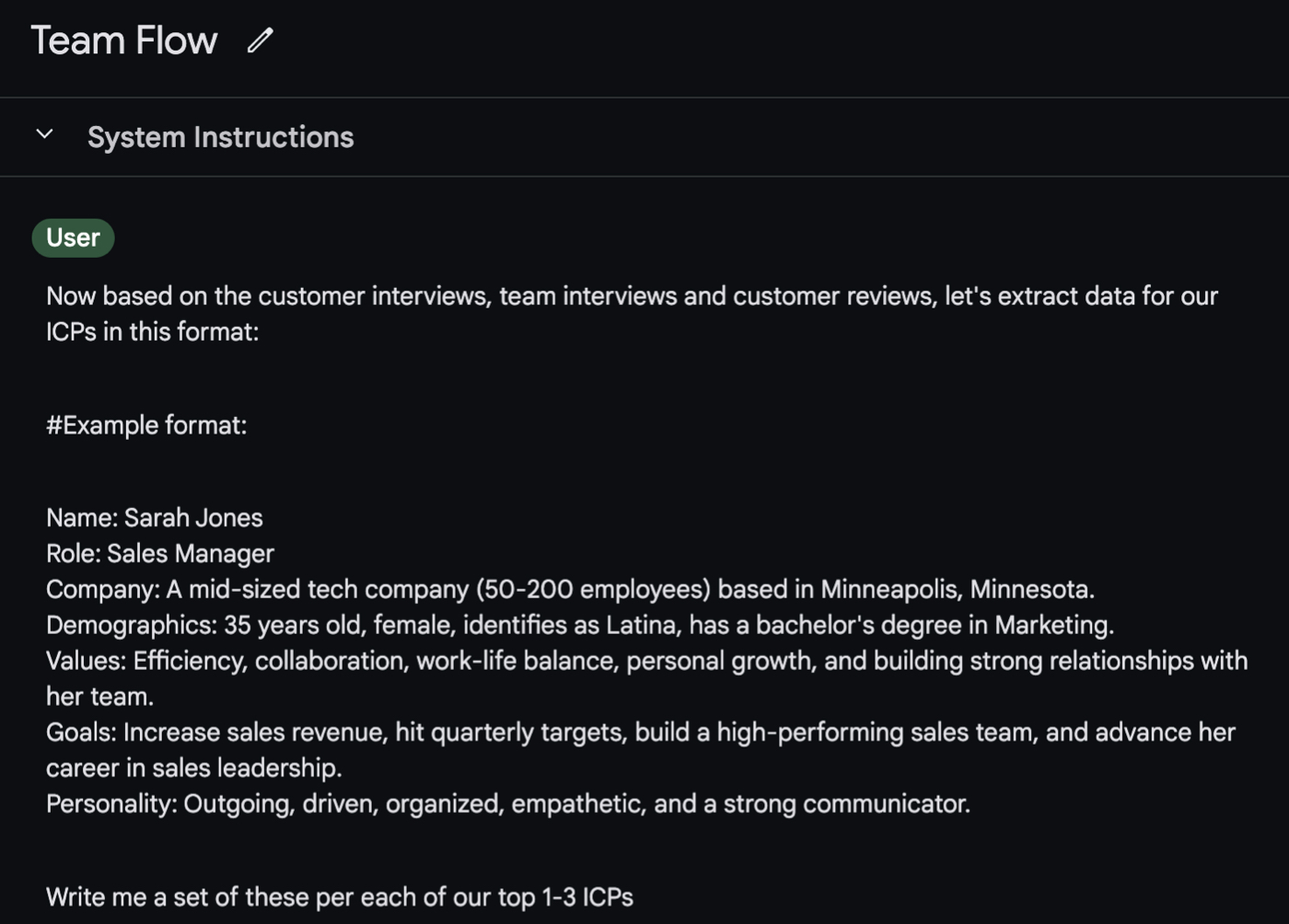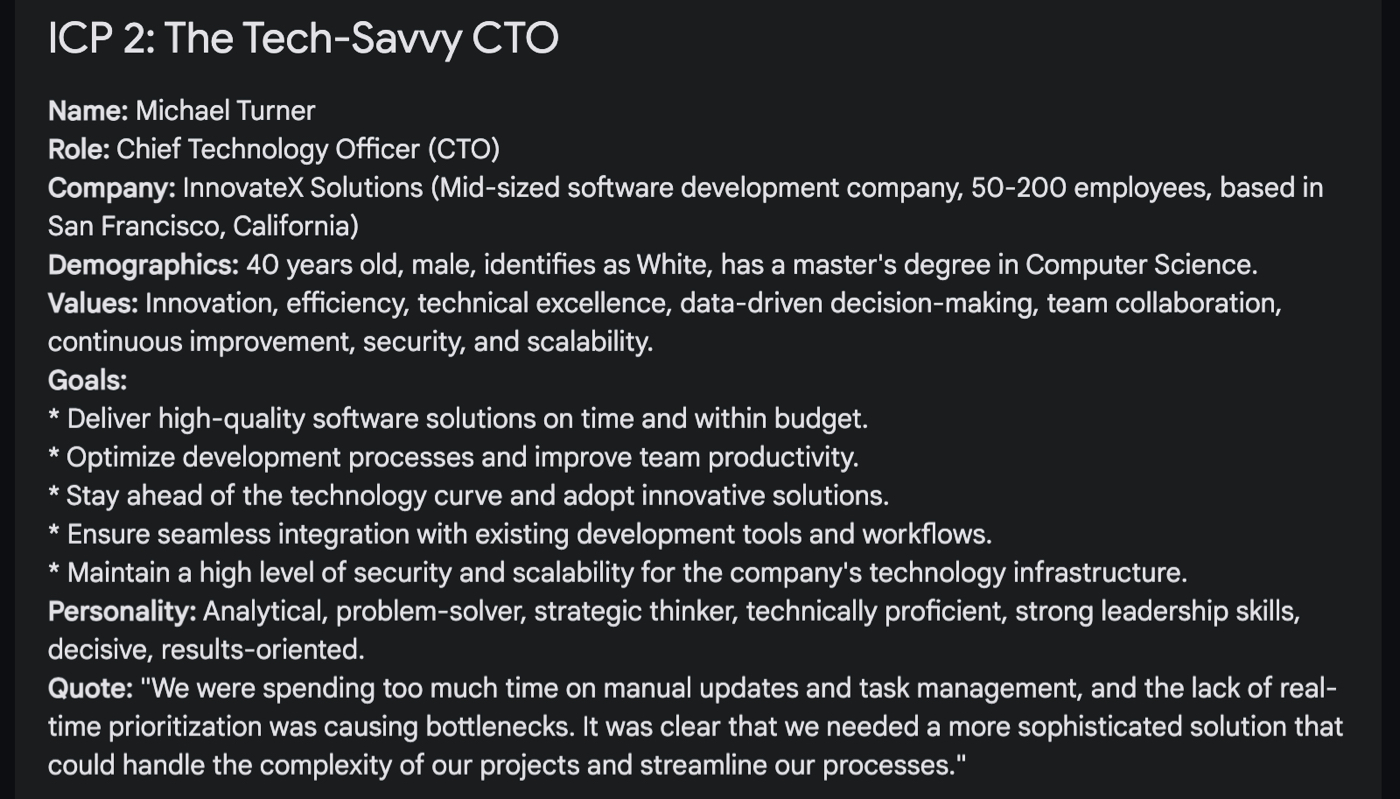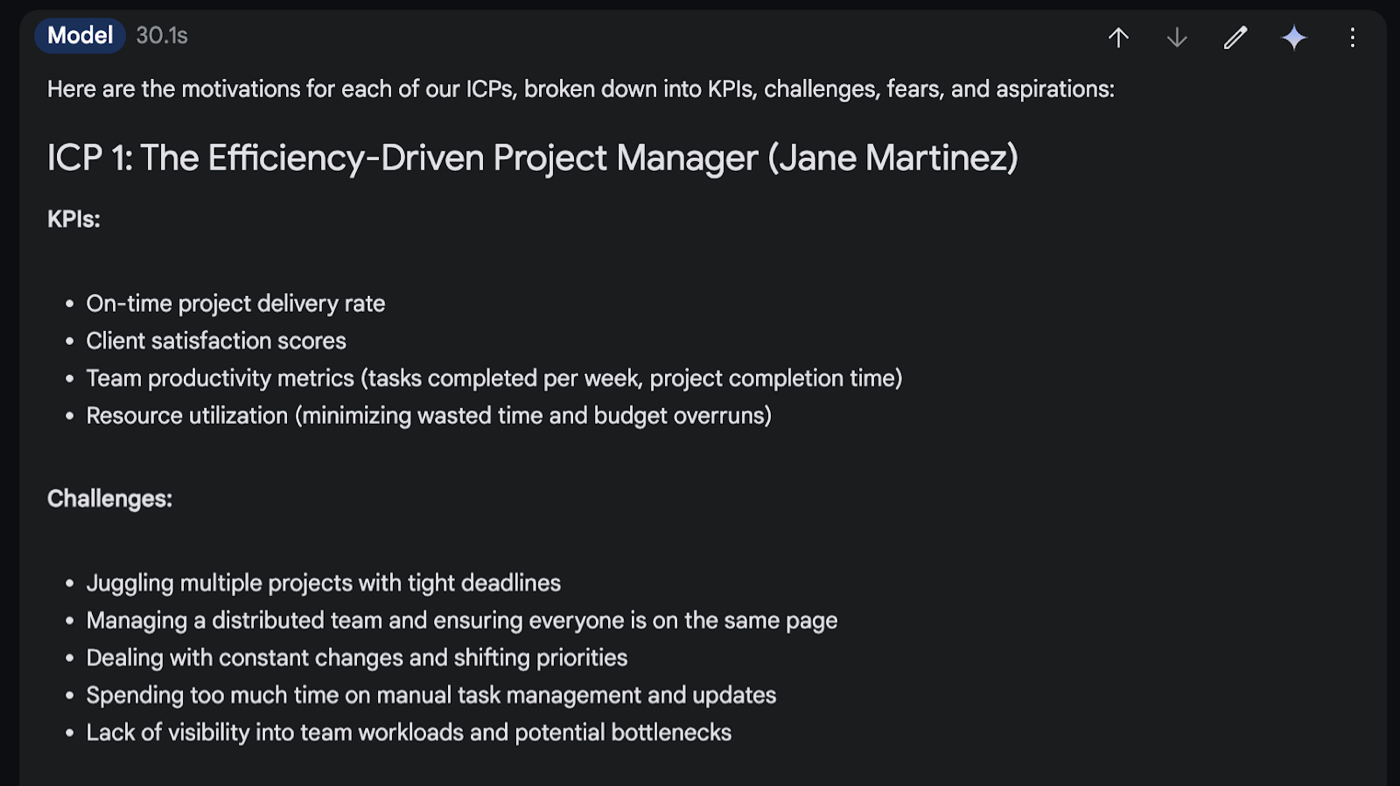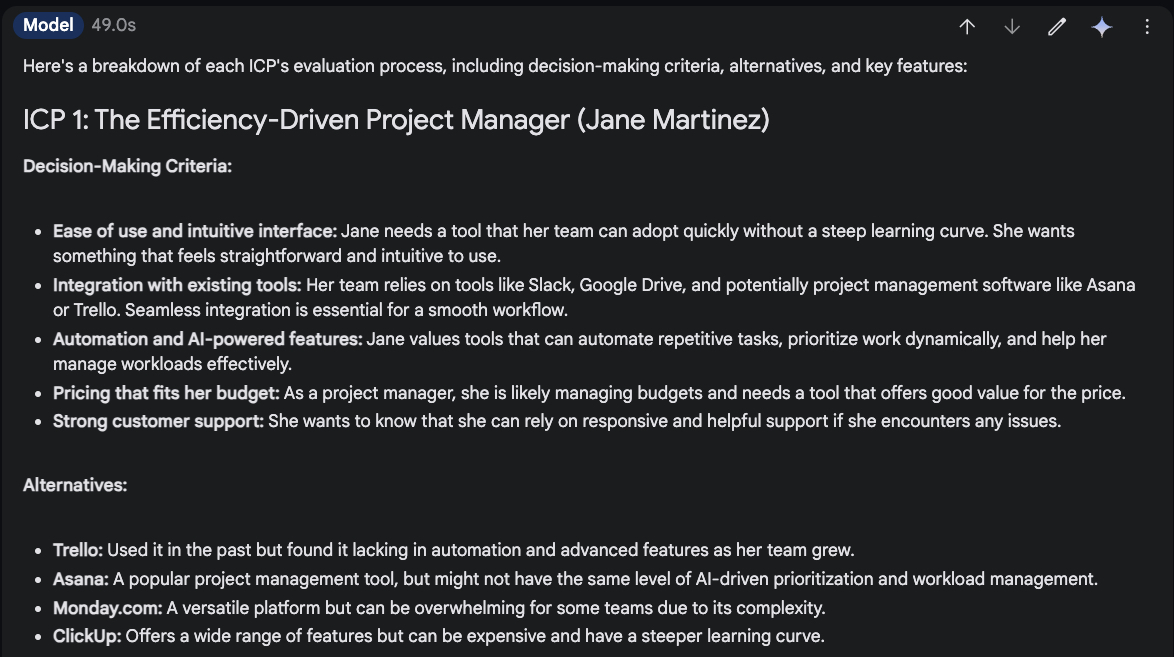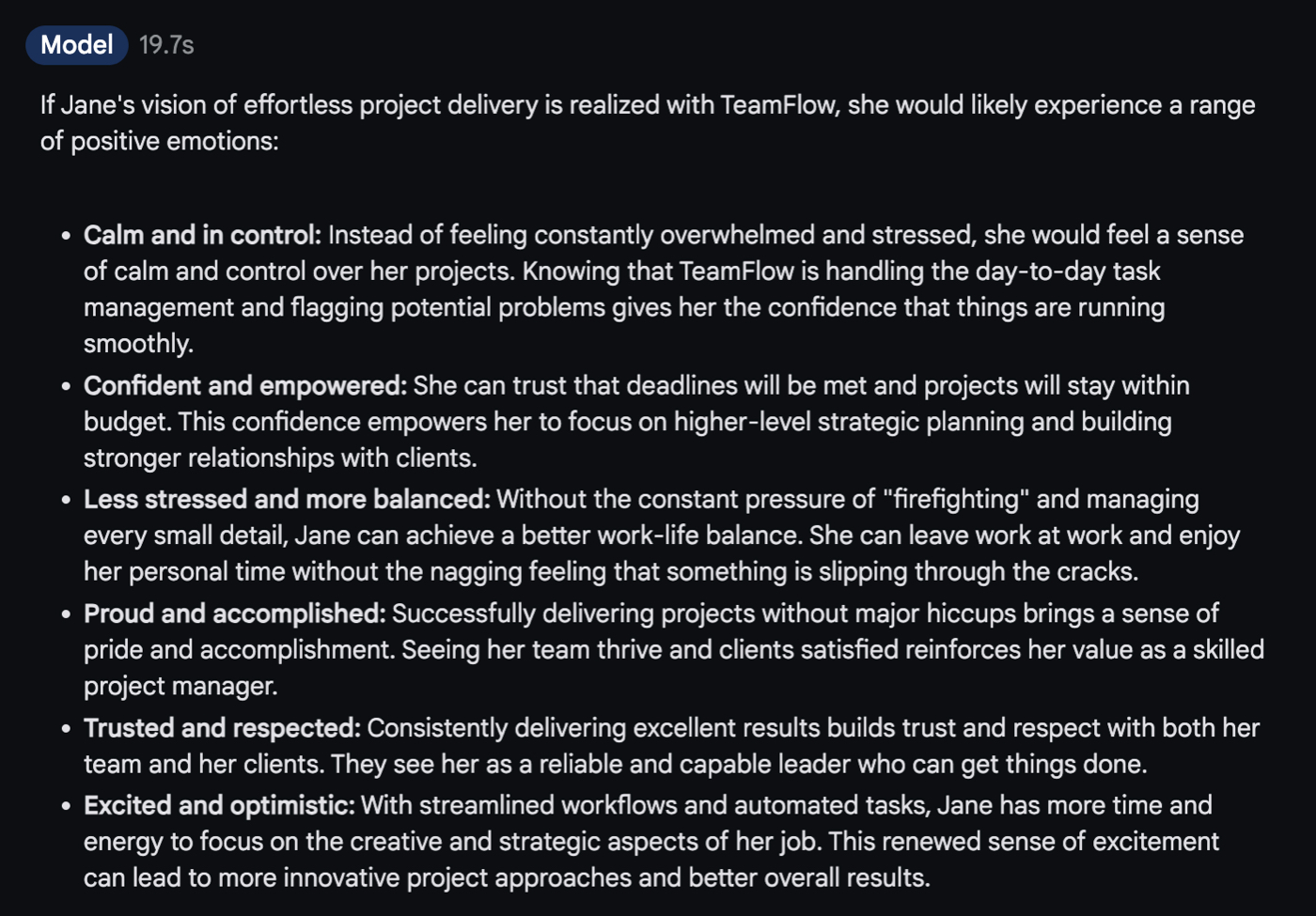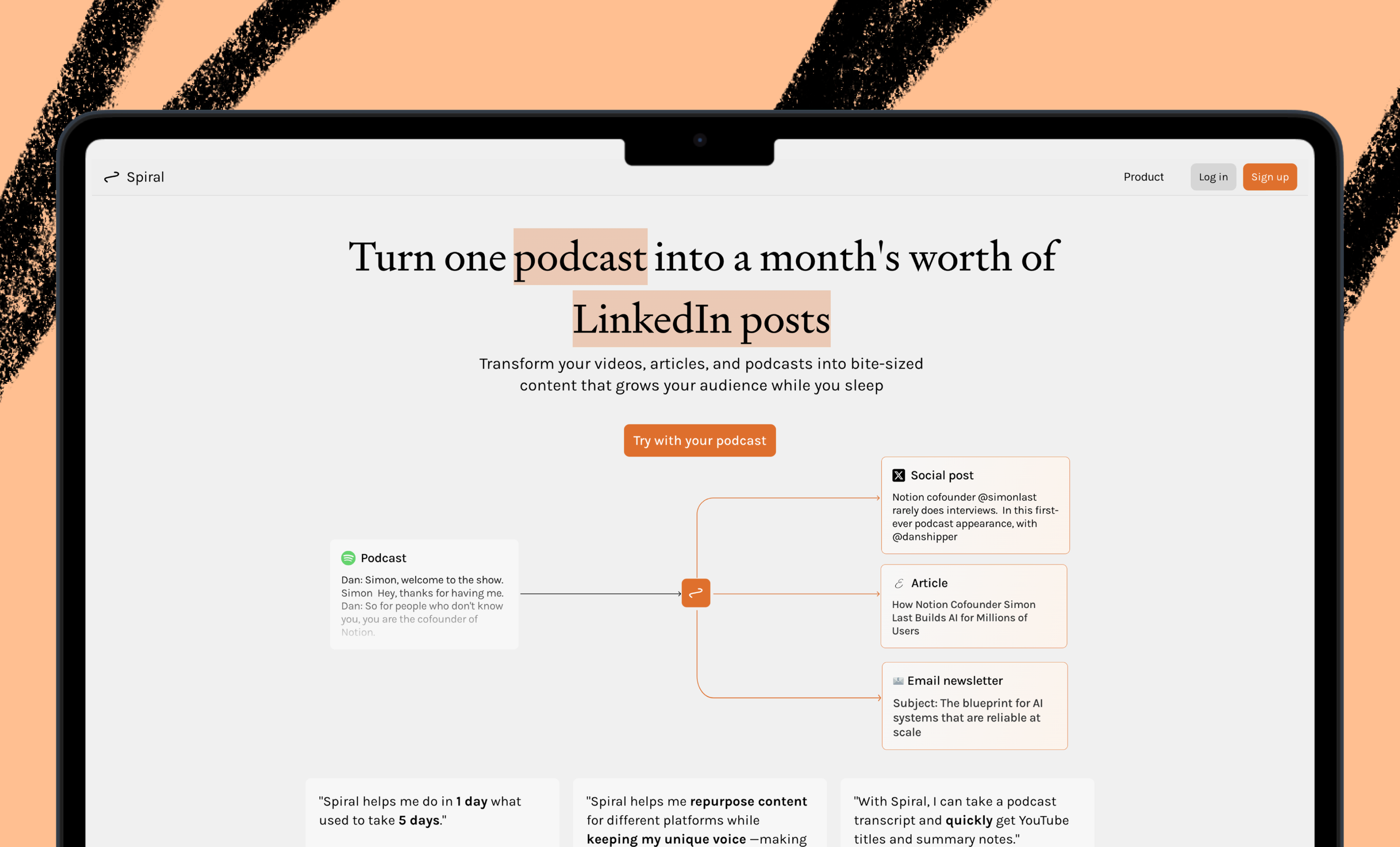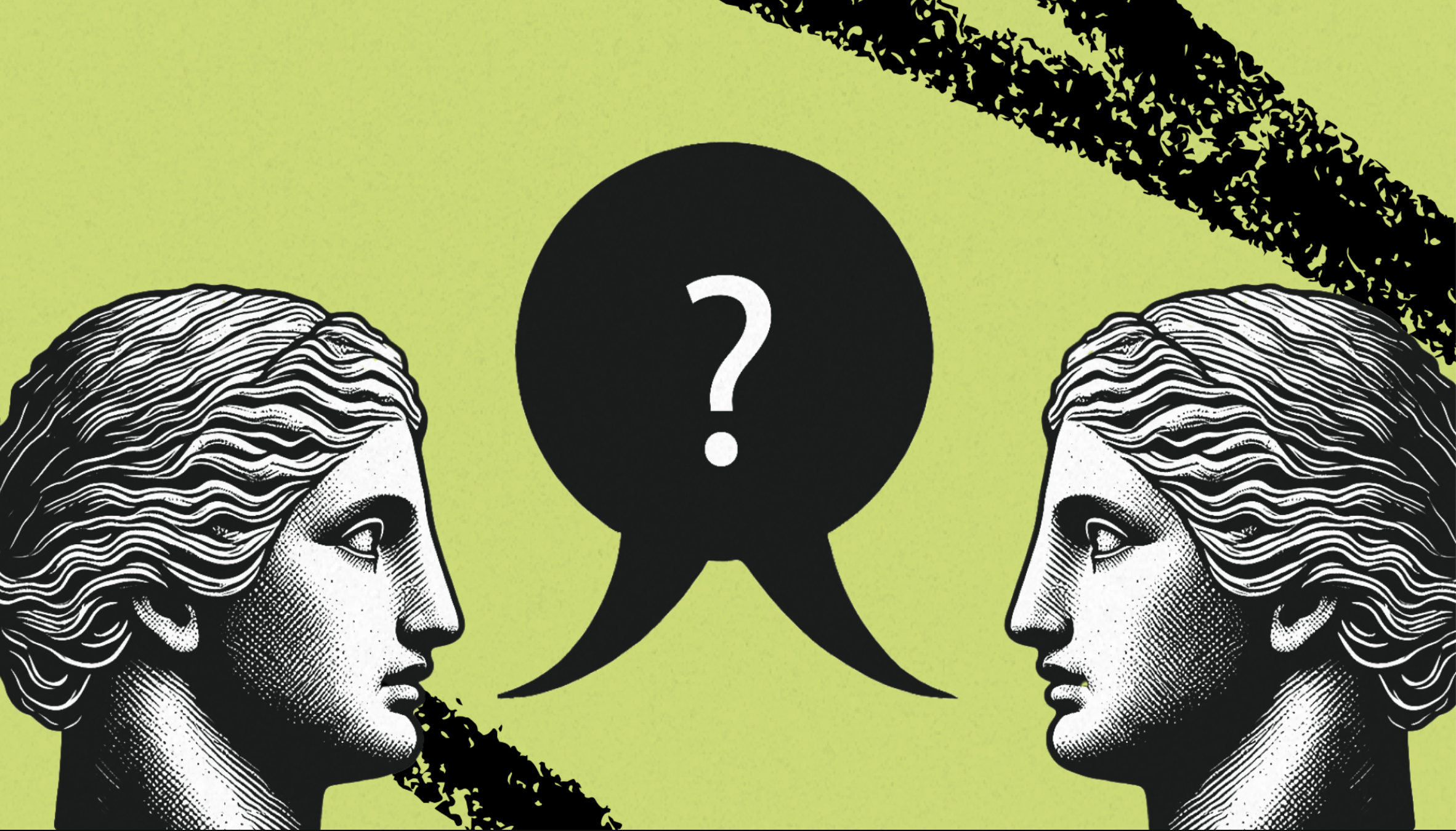
In the first part of Chris Silvestri’s series on empathy engineering, his framework for simulating customers using AI, he wrote about the process of gathering and analyzing data. In the second part of this four-part series, he actually breathes life into his new AI personas, creating the virtual sounding boards to write and test marketing messages.—Kate Lee
Was this newsletter forwarded to you? Sign up to get it in your inbox.
Words are not static. They don't have fixed meanings that everyone universally understands.
Nowhere is that more true than in marketing. What you say isn’t always what your customers hear.
In his 1999 book The User Illusion, cognitive scientist Tor Nørretranders introduced a framework called the "tree of talking." He argues that communication is a process of compressing vast amounts of information into a few words. When we speak or write, we're creating a condensed version of our thoughts and experiences.
Source: The User Illusion by Tor Nørretranders, 1991.But the person receiving that message then has to unpack those words, interpreting and personalizing them based on their own experiences, associations, and memories. The same phrase can evoke completely different reactions in different people. The words "team productivity" might trigger positive emotions in someone who thrives on collaboration and efficiency, but negative emotions in someone who associates it with overbearing micromanagement and chronic burnout.
For our empathy engineering framework, we're not just building AI personas that understand words—we're creating personas that unpack meaning. We want to use AI to simulate how real people would react to marketing messages, taking into account their unique backgrounds.
We can use the tree of talking to create emotionally nuanced and human-like AI personas. This is not your typical customer persona. Think of it like the difference between a flat, two-dimensional character in a 1980s video game and one you meet in a modern VR experience.
Five steps to building AI personas that react like humans
In order to simulate how our ideal customers unpack the meaning and emotional weight behind the words we use in our marketing, we need to deconstruct their personality and decision-making process. The following are the building blocks of our virtual customer:
- Identity: Who are they?
- Motivation: What do they care about?
- Evaluation: How do they evaluate products?
- Resistance: What is holding them back?
- Vision: What does success look like for them?
Let’s work through each using our case study about TeamFlow—our made-up company from part one—as an example.
1. Identity
As we define our personas' identities, we'll be laying the groundwork for how they'll interpret our marketing messages later on. Based on our initial customer research, I prompted Google's Gemini 1.5 Pro to generate three distinct ideal customer profiles (ICPs), each representing a different segment of TeamFlow's target audience.
You can see the prompt I used and the AI's response in the screenshots below. Here it is for you to use and adjust if needed:
Now, based on [types of research materials you’ve shared e.g. customer interview transcripts etc.], let’s extract data for our Ideal Customer Profiles (ICPs) using the following format:
#Example format:
- Name: [Customer’s name or pseudonym]
- Role: [Customer’s job title, e.g., Sales Manager]
- Company: [Description of company size, industry, and location, e.g., A mid-sized tech company (50-200 employees) based in Minneapolis, Minnesota]
- Demographics: [Customer’s age, gender, identity attributes, education background, e.g., 35 years old, female, identifies as Latina, has a bachelor’s degree in Marketing]
- Values: [Key values that drive the customer, e.g., Efficiency, collaboration, work-life balance, personal growth, and building strong relationships with their team]
- Goals: [Customer’s main goals, e.g., Increase sales revenue, hit quarterly targets, build a high-performing sales team, and advance in sales leadership]
- Personality: [Key personality traits that describe the customer, e.g., Outgoing, driven, organized, empathetic, and a strong communicator]
Write me a set of these per each of our [number] of ICPs.
Notice how each persona has a unique set of demographics, values, goals, and personality traits, all informed by the research data we gathered in part one.Source: Screenshots from Google Gemini 1.5 Pro.Our prompt returned the most important factors we need to consider when it comes to our customers making a buying decision for our product—their name, role, company, demographics, values, goals, and personality.
2. Motivation
When defining a customer’s motivation, they are translating your promises into emotional experiences. They could feel pride, relief, or reduced stress. If you're selling project management software, the idea of “hitting deadlines” might evoke a feeling of accomplishment and control for one person, while for another, it might trigger anxiety and a fear of failure based on past experiences.
This emotional connection is increasingly important in today's market. A recent study found that 52 percent of B2B customers say their purchase decisions are influenced by personal drivers, such as feeling safe signing a contract, aligning with a vendor's values, or gaining new knowledge. Understanding what really motivates your customer—beyond the logical benefits—is key.
In the screenshots below, you'll see how I prompted Gemini to generate a list of motivations for each persona, broken down into KPIs, challenges, fears, and aspirations. These elements are deeply intertwined with a persona's emotional landscape.
Our AI-generated customer is looking to deliver as many projects as possible on time but struggles with managing many of them with tight deadlines along with a distributed team—and she also wants to avoid disappointing her clients or burning out her team. These are nuances you only learn about by digging deeper.3. Evaluation
Personas don’t evaluate marketing messages based on the logical surface meaning of a phrase—they unpack those words according to their past associations and expectations. If they've had negative experiences with a particular feature (like a clunky interface or poor customer support), they'll approach similar solutions with caution, skepticism, or even outright avoidance.
The screenshots below show how I prompted Gemini to generate a breakdown of each persona's evaluation process, including their decision-making criteria, alternatives they've considered or are currently using, and the key features they value most.
Here’s my example prompt. What matters is not how we’re asking for it, but what we’re asking for.
Now let’s look at the evaluations for our Ideal Customer Profiles (ICPs). Write them for each ICP in this format:
Decision-Making Criteria:
[Example: [ICP Name]’s key decision-making criteria, such as budget, integration with existing tools, ease of use, scalability, etc.]
Alternatives:
[Example: Alternatives [ICP Name] is considering, e.g., Competitor A, Competitor B, or any specific tools/products they’ve shortlisted]
Key Features:
[Example: Features [ICP Name] values most, such as specific functionality, user interface quality, support options, etc.]
Now we know that ease of use, integrations, and AI automation are front of mind for our prospect when evaluating our product. Our prompt also gave us an idea for how these criteria are realized in product features that we might want to highlight in our messaging. For example, the need for AI automation is made possible by TeamFlow’s AI-powered task prioritization and workload management. The need for pricing that fits Jane’s budget is addressed by the platform's clear pricing plans, and so on.
By understanding how our personas evaluate products, we can start to predict their reactions to TeamFlow, anticipate potential objections, and craft messaging that highlights the features and benefits they care about most.
4. Resistance
Even the most compelling product will face pushback. Customers are naturally cautious, especially when considering a new tool that requires them to change their existing workflows or invest time and resources. Research shows that information overload and the complexity of choices only make this worse. But when you’re addressing resistance, answering logical objections is not enough. You need to understand the emotional experiences that have been “packed” into those objections and address them.
Below, I prompted Gemini to generate a list of potential objections for each persona. Notice how these objections reflect the unique motivations and evaluation criteria we've established for them. “Jane, the efficiency-driven project manager,” is more likely to be concerned about cost and ease of use, while “Michael, the tech-savvy CTO,” will be more focused on integration and scalability.
The prompt returned quotes with objections we can use to counter in our messaging, along with preliminary suggestions on how to do it. By anticipating these objections, we can proactively address them in our messaging and marketing materials—helping to build trust with potential customers, overcome their hesitations, and guide them toward a positive decision.5. Vision
Every customer has a vision of what success looks and feels like. For B2B SaaS products like project management or analytics tools for example, this often involves solving pain points, achieving goals, and ultimately, making their work lives easier.
Here’s how I prompted Gemini to articulate a “vision of success” for each of our TeamFlow personas. Vision, too, isn't just about logic; it's deeply rooted in emotions. For example, "seamless team collaboration" might evoke feelings of connection and shared purpose, while "reduced administrative overhead" could translate to a sense of freedom and control over your time.
Our prompt gave us a good picture of what an ideal world would look like for our prospects if they used our product, along with the benefits they’d gain from it. From here, we can dig deeper if needed. In my prompt, I copy-pasted a section of what the LLM previously returned and asked for more insights—in this case, how Jane would feel if her vision came true.The result was material that I could use in my messaging (“she can leave work at work and enjoy her personal time”).Bringing your persona to life
We've built a detailed profile for each of each of our three customer personas, but they’re still just words on a page. Now it's time to bring them to life, give them a voice, and start seeing the world through their eyes.
In a new chat with your LLM of choice, prompt it to embody your persona:
I'd like you to imagine being a specific customer persona as if you were them. Here is a description of the persona to embody:
<persona>
[YOUR PERSONA INFO]
</persona>
First, carefully read the persona description until you feel you thoroughly understand this hypothetical individual's perspective, needs, goals, and pain points.
Next, put yourself in the shoes of this customer, imagining that you are them. I'll ask you questions, and you reply through the lens of the customer persona provided, as if you were that individual. Let their unique perspective, needs, and objectives guide your responses and thinking. Avoid breaking character or referring to these instructions. Simply react naturally as the persona would. Capture your stream of consciousness in a <thoughts> tag.
Here are the first and last screenshots of my prompt:
There are a few key elements:- Detailed persona description: We provide the AI with a rich profile of Jane that walks it through her entire decision-making journey (our five steps).
- Instruction to “embody”: We explicitly tell the AI to “put yourself in the shoes of this persona,” encouraging it to adopt her perspective and react as she would.
- “Thoughts” tag: We ask the AI to capture its “stream of consciousness”—its internal monologue— using a <thoughts> tag. Think of it as being able to not only hear what they say, but also what they think and are not telling us.
Our large language model is stepping into Jane's shoes.
With our AI persona ready to go, we're prepared to dive deeper into the process of empathy engineering. In the next part of this series, we'll explore how to use these AI personas to draft and test our messaging.Chris Silvestri is the founder of Conversion Alchemy and a conversion copywriter for B2B SaaS companies.
To read more essays like this, subscribe to Every, and follow us on X at @every and on LinkedIn.
We also build AI tools for readers like you. Automate repeat writing with Spiral. Organize files automatically with Sparkle. Write something great with Lex.
Ideas and Apps to
Thrive in the AI Age
The essential toolkit for those shaping the future
"This might be the best value you
can get from an AI subscription."
- Jay S.
Join 100,000+ leaders, builders, and innovators

Email address
Already have an account? Sign in
What is included in a subscription?
Daily insights from AI pioneers + early access to powerful AI tools
